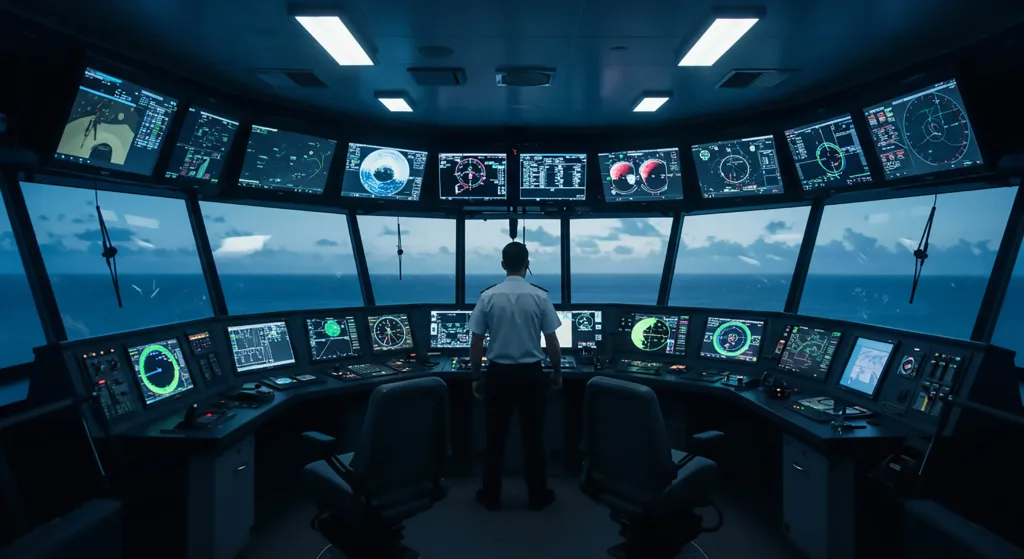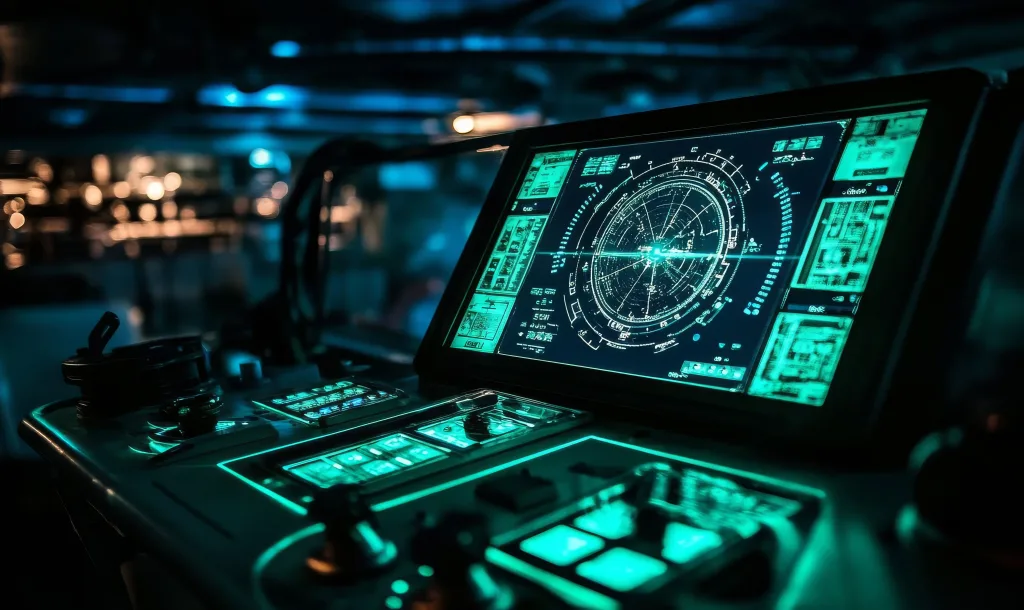CO₂ compliance is essential for maritime companies navigating EU MRV and IMO DCS regulations. This guide provides a structured approach to monitoring, reporting, and verifying emissions data, ensuring compliance while optimizing efficiency and sustainability.
Introduction Maritime companies must comply with evolving CO₂ regulations, including the EU MRV Regulation and IMO DCS Compliance, which require accurate tracking, verification, and reporting of emissions.
- EU MRV Regulation: Applies to ships over 5,000 GT calling at European Economic Area (EEA) ports, regardless of flag. From January 1, 2025, it will also cover general cargo vessels between 400 and 5,000 GT and offshore vessels of 400 GT and above.
- IMO DCS Compliance: Applies to all ships over 5,000 GT engaged in international voyages.
Key compliance steps include:
- Submission of a Monitoring Plan (MP)
- Collection and verification of emissions data
- Annual Emission Report submission
- Issuance of a Document of Compliance (DoC)
This guide breaks down the process to help companies efficiently meet these requirements.

Step 1: Monitoring Plan Submission
Before starting the compliance process, maritime companies must prepare and submit a Monitoring Plan (MP) to an Accredited Verifier for approval. The MP outlines how a ship will measure its CO₂ emissions and must include:
- Fuel consumption monitoring methods (e.g., bunker delivery notes, flow meters, direct CO₂ measurement)
- Voyage parameters (distance traveled, time at sea, cargo data)
- Data collection procedures
Submission Deadline: The MP must be verified by an independent and accredited verifier and kept onboard before the start of the reporting period.
Step 2: Data Collection
Throughout the year, ship operators must collect and record emissions data according to the approved MP. The data includes:
- Fuel consumption per voyage
- CO₂ emissions factors
- Operational parameters (speed, distance, cargo load)
How Didi Helps: Didi automates emissions data collection, minimizing errors and ensuring accurate, real-time tracking.
Best Practice: Use automated data collection tools to reduce manual errors and improve accuracy.
Step 3: Emission Report (ER) Submission
At the end of the reporting period, shipowners must compile the collected emissions data into an Emission Report (ER) and submit it to an Accredited Verifier for review. The submission must be made before April 30 of the following year.
Step 4: Verification of Emission Report
An accredited third-party verifier will:
- Check for completeness & accuracy
- Identify inconsistencies in fuel data and voyage records
- Approve or request corrections before submission
Common Pitfalls:
- Inconsistent fuel consumption records
- Missing voyage details
- Late submission of data
Step 5: Submission to Thetis-MRV
Once verified, the Annual Emission Report must be uploaded to Thetis-MRV (the EU’s emissions reporting platform) by June 30 each year. This submission is crucial for ensuring compliance with EU MRV regulations. The verifier will also confirm the accuracy of the submission.
For IMO DCS Reports, submissions must be made through the ship’s flag state to the IMO GISIS system.
Once submitted, ships receive a Document of Compliance (DoC), which must be downloaded from Thetis-MRV and kept onboard as proof of compliance.
How Didi Helps: Didi automates submission to Thetis-MRV, ensuring timely reporting and compliance.
Step 6: Publication of Emissions Data
By June 30 each year, verified emissions data for all reported ships must be published. This transparency allows regulatory bodies to track compliance and enforce standards across the industry.
Step 7: Compliance & Certification
Upon successful verification and submission, the shipowner and ship crew ensure compliance with CO₂ regulations. Certified ships must maintain their Document of Compliance (DoC) onboard and be prepared for regulatory inspections.
How Didi Helps: Didi simplifies certification tracking and document management, ensuring ships remain compliant.
Optimizing for Future Compliance
Beyond meeting regulatory requirements, companies should use emissions data to optimize fuel efficiency and reduce costs. Strategies include:
- Route optimization to reduce fuel consumption
- Speed adjustments to improve efficiency
- Transitioning to lower-emission fuels
- Investing in energy-efficient technologies
How Didi Helps: Didi provides advanced analytics to identify efficiency improvements and cost-saving opportunities.
Pro Tip: Regularly review emissions reports to identify trends and areas for improvement.
Conclusion
hieving CO₂ compliance is not just about meeting regulatory requirements—it’s also an opportunity to reduce CO₂ emissions costs, improve sustainability, and enhance competitiveness. By following this step-by-step process, maritime companies can ensure seamless compliance while positioning themselves for a greener future.
Need help with CO₂ compliance? Contact our team at Decorum Maritime for expert guidance on emissions reporting and verification!
Ready to Take the Complexity
Out of Maritime Operations ?
Modern operations need modern tools. DIDI replaces outdated systems with streamlined control — at sea and ashore.
Stay updated with expert insights, advice, and stories.
ECDIS & Electronic Charts Explained: AVCS vs ARCS vs AIO vs ADC
ECDIS & Electronic Charts Explained: AVCS vs ARCS vs AIO vs ADC ECDIS & Electronic…
How IT is Transforming EU MRV Compliance in Maritime | Digital CO₂ Reporting
The IT Challenge in Maritime Compliance: How EU MRV is Reshaping the IndustrybOOK A DEMO…
Goodbye USB Sticks: The Safer Future of ECDIS Chart Updates
Modern ECDIS Update SolutionsGoodbye USB Sticks: The Safer Future of ECDIS Chart UpdatesbOOK A DEMO…
CO₂ Compliance in Maritime: A Step-by-Step Guide for EU MRV & IMO DCS Compliance
CO₂ Compliance in Maritime: A Step-by-Step Guide for EU MRV & IMO DCS CompliancebOOK A…
How CO₂ Reporting Can Save Shipping Companies Millions
From Manual to Modern — Your Fleet’s Digital Shift Starts HereHow CO₂ Reporting Can Save…



